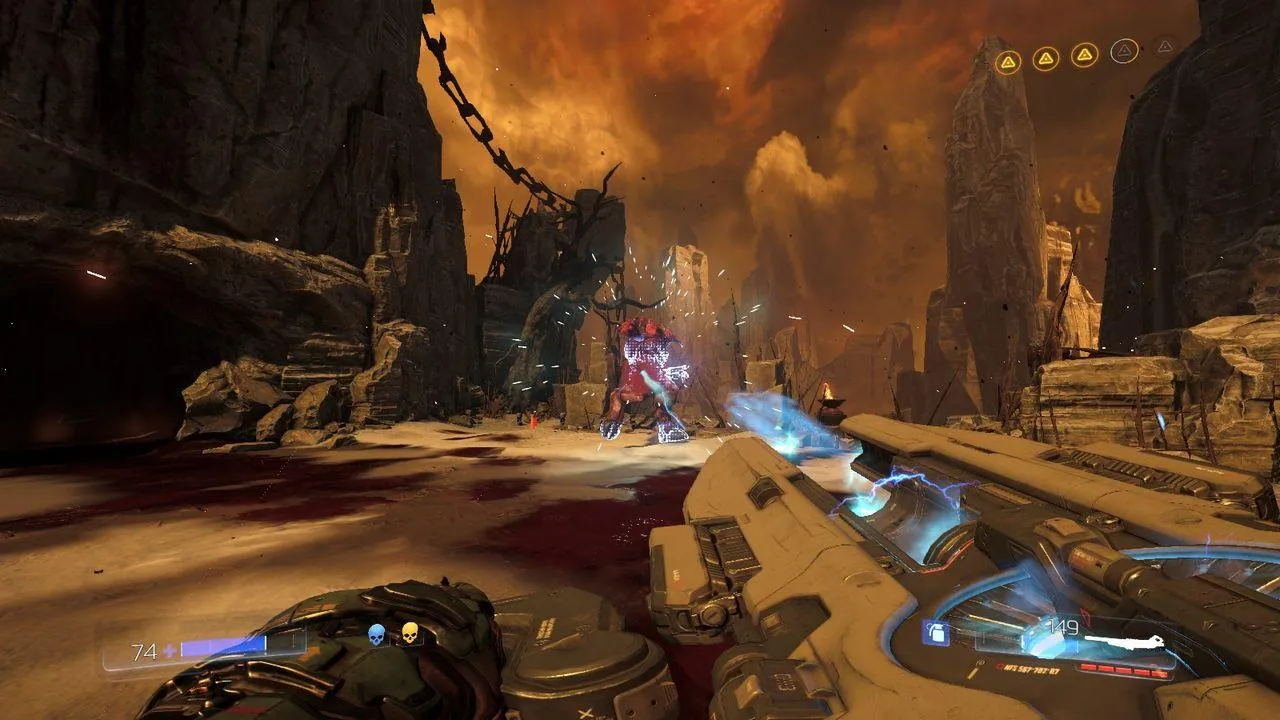
DOOM (2016): A Hell of a Good Time, Mostly
The name DOOM resonates differently across generations. While younger gamers might vaguely recall it as a foundational first-person shooter (FPS), older players remember the revolutionary impact of the original. After a decade-long hiatus, the franchise returned in 2016. This review dives into what makes DOOM (2016) a thrilling experience, while also addressing its shortcomings.
 alt text: A screenshot from Doom (2016) showcasing fast-paced combat against demonic hordes.
alt text: A screenshot from Doom (2016) showcasing fast-paced combat against demonic hordes.
DOOM (2016) isn’t trying to reinvent the wheel, and that’s perfectly fine. It embraces its heritage, delivering a visceral, fast-paced shooter that harkens back to the genre’s golden age.
A Symphony of Destruction
The premise is straightforward: you are the Doom Slayer, awakened by Samuel Hayden of the UAC to quell a demonic invasion on Mars orchestrated by Dr. Olivia Pierce. The narrative takes a backseat to the action, but DOOM offers a surprising depth through collectible Codex entries. These fragments reveal the Slayer’s origins, the history of the demonic forces, and the lore surrounding the mysterious Argent energy. While the main plot is predictable, the expanded lore adds a layer of intrigue, weaving together mythology and dark humor.
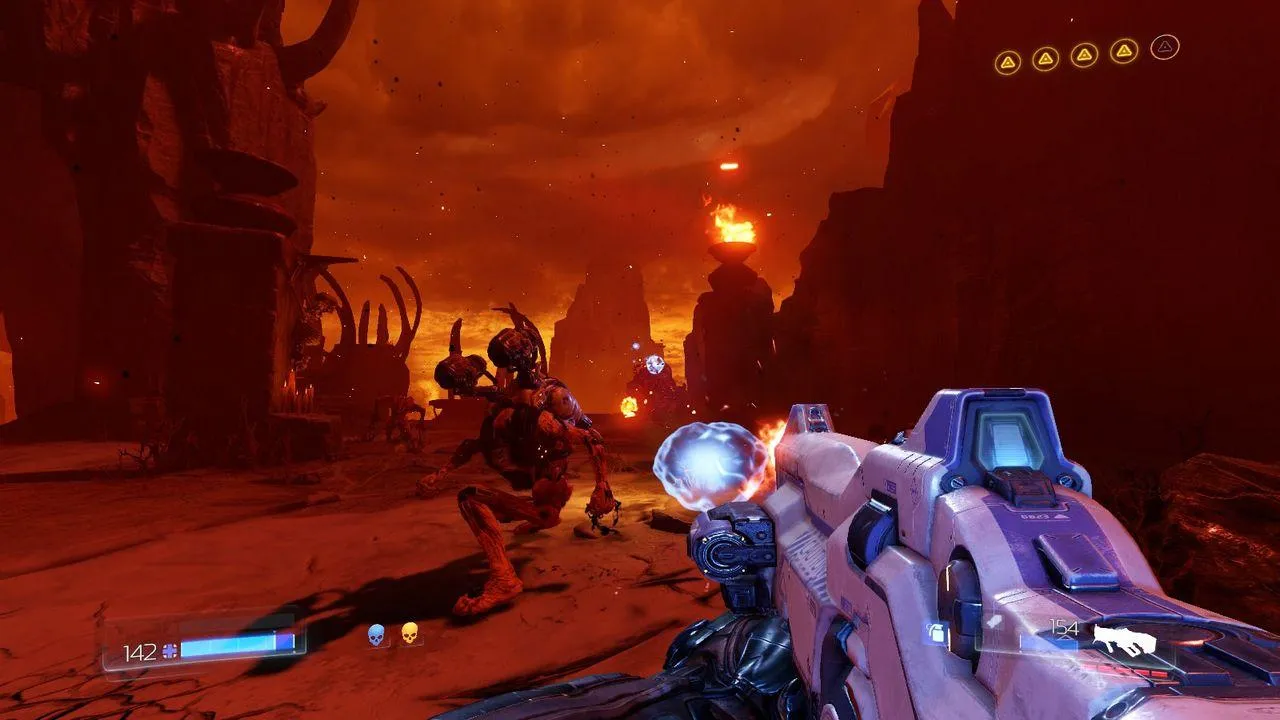 alt text: A screenshot from Doom (2016) displaying the upgrade menu for the Doom Slayer's Praetor Suit.
alt text: A screenshot from Doom (2016) displaying the upgrade menu for the Doom Slayer's Praetor Suit.
The core gameplay loop is pure, unadulterated carnage. Forget cover mechanics; DOOM is about constant movement, aggressive maneuvering, and unrelenting firepower. The level design, reminiscent of Quake, presents intricate arenas perfect for exploiting the game’s fluid movement system. Enemies are relentless, forcing players to stay on their toes and keep their fingers on the trigger. This constant push and pull creates a thrilling sense of controlled chaos.
DOOM (2016) retains classic elements like color-coded keycards, scattered health packs and ammo pickups, and blistering speed. Familiar foes like the Cacodemon, Hell Knight, and Baron of Hell return, updated with gruesome detail and terrifying roars. The game seamlessly blends these classic elements with modern mechanics like Glory Kills, brutal finishing moves that provide health and ammo. These additions enhance the gameplay flow rather than interrupt it, adding a satisfying layer of visceral combat.
The weapon upgrade system provides meaningful choices, allowing players to customize their arsenal to devastating effect. From the triple-barreled Chaingun to the explosive-tipped Heavy Assault Rifle, each weapon feels powerful and impactful. Even iconic weapons like the BFG 9000 and chainsaw are reimagined with unique functionalities.
Exploration is rewarded with hidden collectibles, including classic DOOM levels, Easter eggs, and early access to powerful weapons. While an upgrade reveals secret locations on the map, reaching them often requires clever platforming and puzzle-solving.
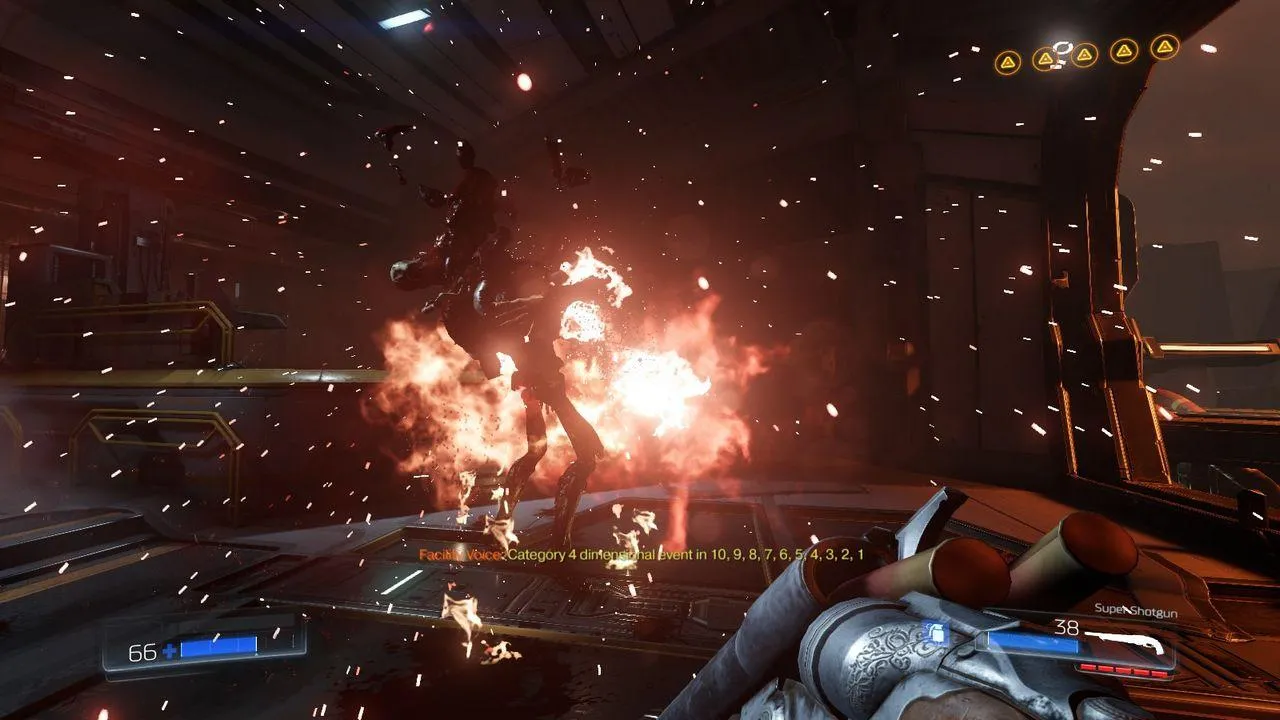 alt text: A screenshot from Doom (2016) showing the Doom Slayer confronting a demonic enemy in a fiery environment.
alt text: A screenshot from Doom (2016) showing the Doom Slayer confronting a demonic enemy in a fiery environment.
Technically, DOOM (2016) impresses with the id Tech 6 engine. Performance is smooth, visuals are crisp, and the overall experience is polished. However, the Hell levels do suffer from slightly less detailed environments compared to the UAC facilities.
Demonic Disappointments
Unfortunately, DOOM‘s multiplayer and SnapMap modes drag down the overall experience. The multiplayer feels generic and lacks the depth and polish of the single-player campaign. Hack Modules feel superfluous, Demons are more disruptive than fun, and the new weapons struggle to find their place among the existing arsenal.
SnapMap, the in-game level editor, shows potential but is ultimately hampered by limitations. Restrictions on object and enemy counts, limited level layouts, and a simplified interface restrict creativity. While some impressive creations exist, they often highlight the editor’s constraints rather than its capabilities.
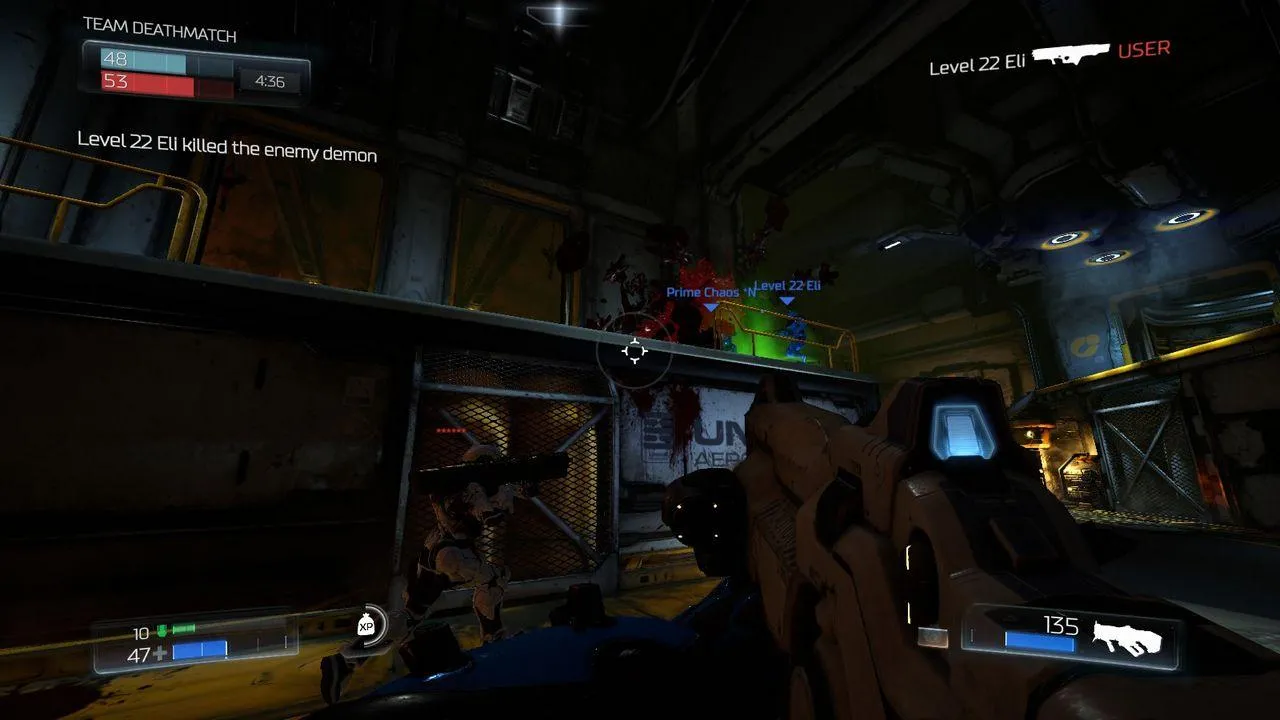 alt text: A screenshot from Doom (2016)'s multiplayer mode showing two players facing off.
alt text: A screenshot from Doom (2016)'s multiplayer mode showing two players facing off.
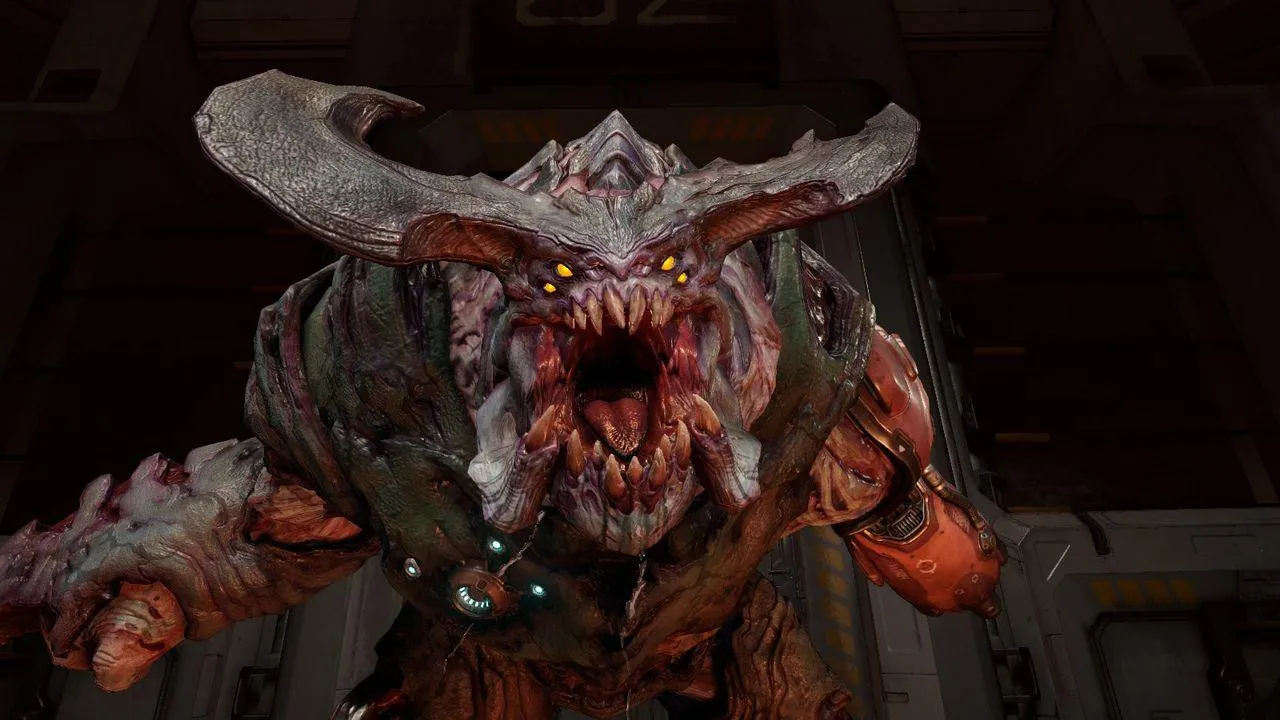 alt text: A screenshot from Doom (2016) displaying the SnapMap level editor interface.
alt text: A screenshot from Doom (2016) displaying the SnapMap level editor interface.
Conclusion
DOOM (2016) delivers a thrilling single-player campaign that successfully captures the spirit of the original while incorporating modern sensibilities. The fast-paced action, visceral combat, and satisfying progression systems make it a must-play for FPS fans. However, the lackluster multiplayer and limited SnapMap mode prevent it from achieving true greatness. While these modes offer additional content, they ultimately detract from the overall package. Despite these flaws, DOOM (2016) remains a hell of a good time, especially for those seeking a return to the glory days of arena shooters.





Comments (0)